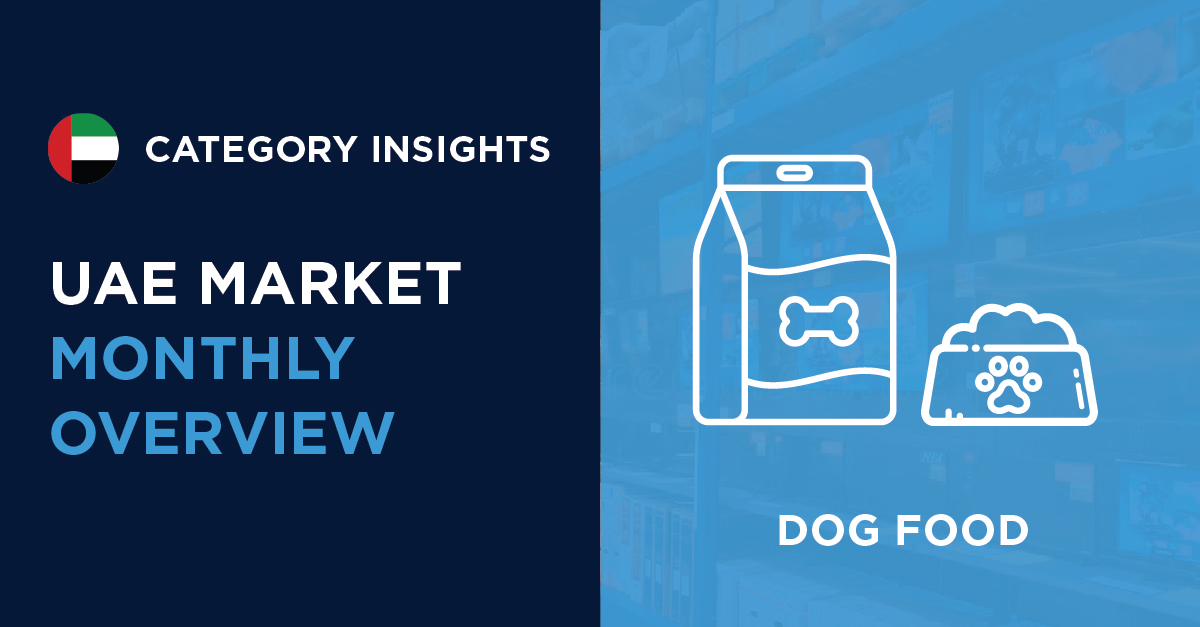Amazon’s Global Prime Day, confirmed as October 13th, is a day no e-tail business can afford to miss, especially this year.
In 2019 Amazon Prime Day sales surpassed Black Friday and Cyber Monday 2018 sales combined. This year, as the pandemic has driven more shoppers online resulting in the exponential growth of the e-commerce sector, 2020 has the potential to be a milestone year.
With such great potential, its unsurprising to learn that Prime Day competition is high, and promotions are expensive. But, if brands do it right, substantial brand market share can be achieved. In this guide, we share our expert advice on the three key pillars – Inventory, Product Pages and Advertising – vendors need to perfect in order to get their Amazon catalogue primed for Prime Day.
INVENTORY
Brands must ensure there are enough inventory levels ready for orders to reach customers hands in two days. If brands have historical data for Black Friday and Cyber Monday, they can use this to help determine the right inventory strategy. If there are active campaigns on other channels, we suggest scaling back those promotions in the lead up to and on the days of Prime Day to ensure a spike in sales is still manageable. Be prepared for the best-case scenario.
“When increasing inventory, invest in stock for items you know you can move on deals if they don’t sell during Prime Day. Particularly important for FBA’s as excess inventory can increase your inventory fees or storage limits”. Lina Kassem, E-commerce Strategy Director at PiWheel
PRODUCT PAGES
Besides stock availability, products for Prime Day must have A+ content to be optimised for conversion; this includes customer ratings, reviews, images, copy, video etc. Use this time before Prime Day to review and flesh out listings and update titles, bullets, images, and descriptions. Note, it is common for vendors to encounter changes to content without approval, so do the checks now.
“The best Prime Day products will have optimised content and images, at least a 3.5-star rating and over 10 customer reviews. While buyers are looking for a deal, they also want to know they are buying a quality product from a trustworthy seller/vendor. Well-presented product pages will differentiate you from others and improve your SEO. I strongly recommend the inclusion of video too.” Burak PiWheel, Senior Account Manager at PiWheel
Shoppers tend to buy more expensive items during Prime Day, so they take time browsing product page details and reviews before making a decision. Don’t let poor content prevent a sale. Here is our guide on how to optimise an Amazon product page.
ADVERTISING
While advertising is more costly during Prime Day, conversion rates are proven to be substantially higher because of the surge in site traffic and mentality of shoppers on the hunt for a good deal. With more ‘ready-to-spend’ shoppers online it can be easy to lose track of your advertising budget or exhausted funds within the first hours of the event. Brands should monitor bids and budgets closely throughout the entire period. In the lead up to the event spend time setting up and testing your campaigns, as well as determining the correct budget – balancing the cost of discounting and advertising to the return needed.
“Create a well-rounded strategy with search and display ads, as this allows you to target active marketplace browsers as well as generate lifestyle and in-market demand at the higher end of the funnel. Prime Day is exceptionally competitive, so we suggest tirelessly testing, planning and monitoring ads, and pinpoint the champion deals that you want to push during this peak traffic period.” Lina Kassem, E-commerce Strategy Director at PiWheel
How 2020 Prime Day is different from previous years
Previous Prime Day’s took place in Summer (dubbed “Christmas in July”) and were close to the Back to School period. This year not only has the mindset of the shopper changed due to impact of the pandemic, but we are also now closer to Christmas and events like Black Friday and Cyber Monday. Brands should reflect on the impact of these changes and how it will affect product demand, the most desirable discount value, and how customers will be browsing particular categories.



